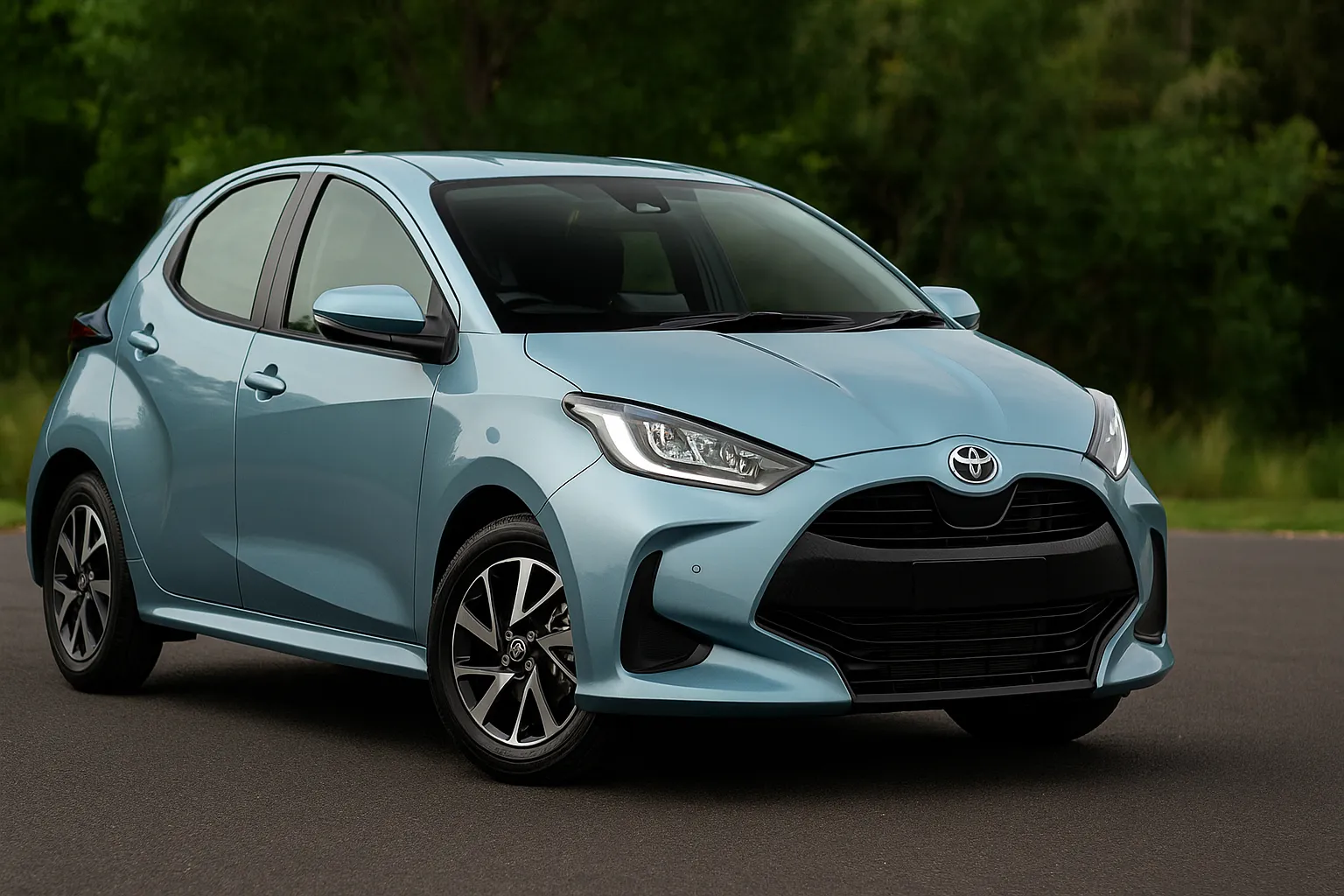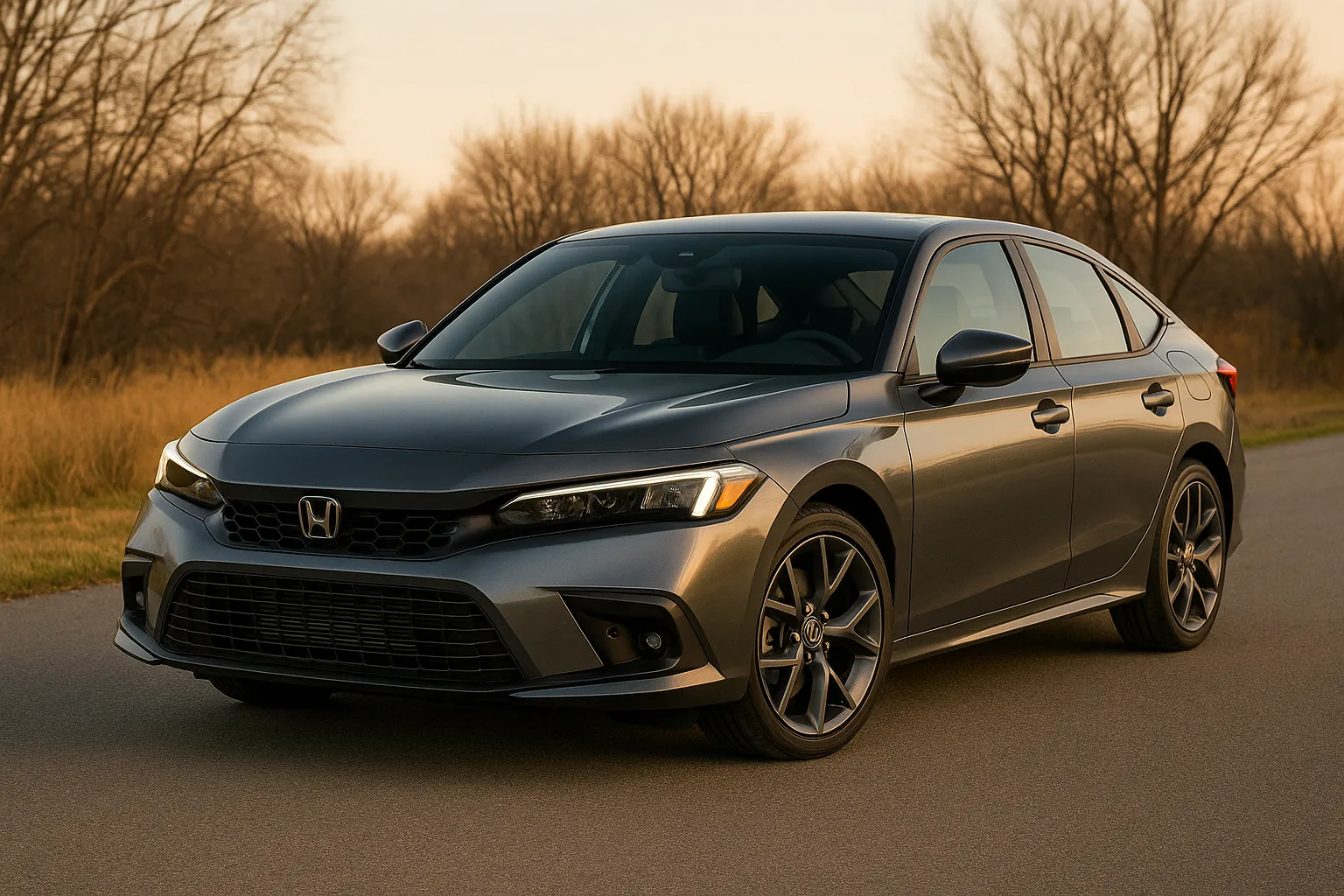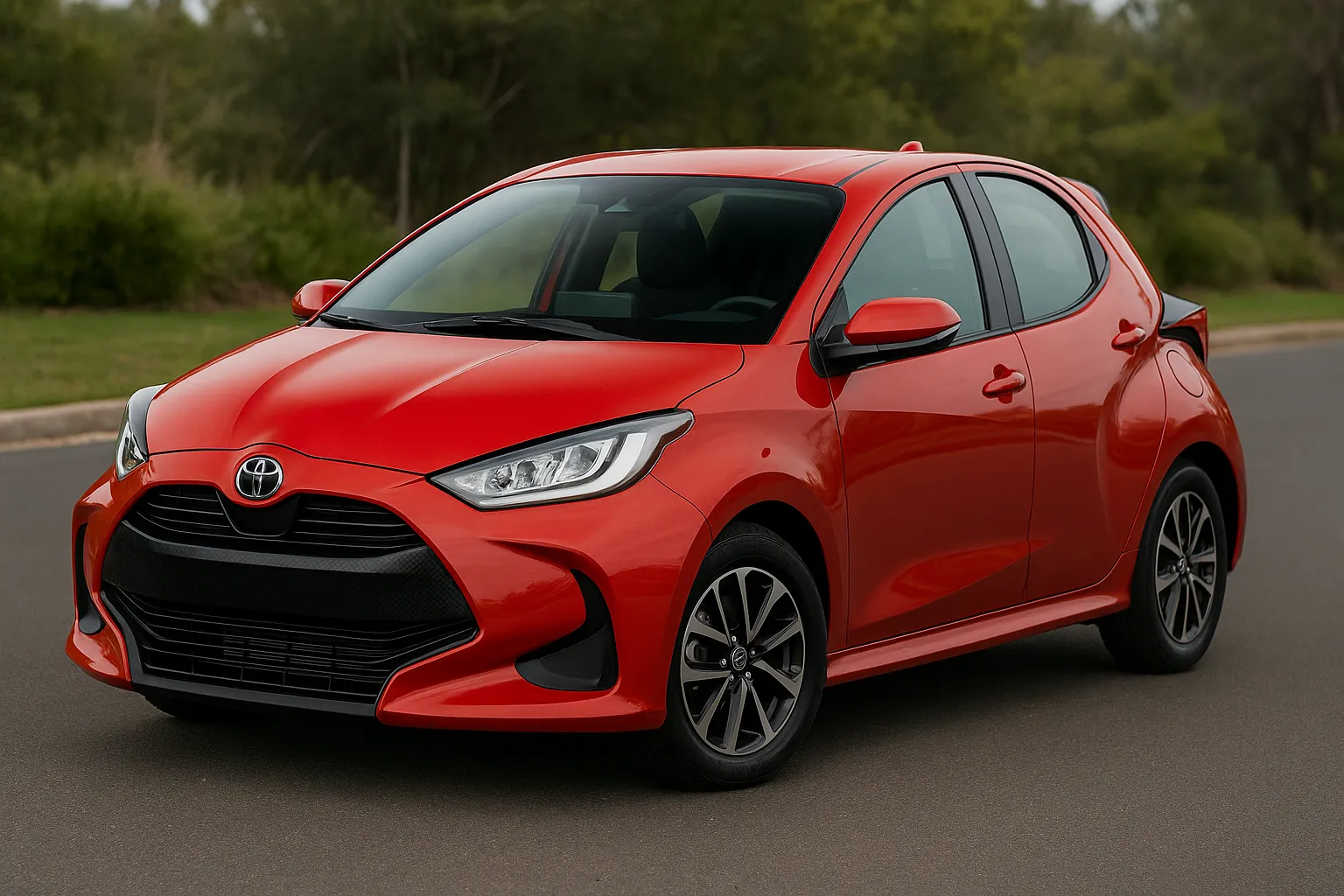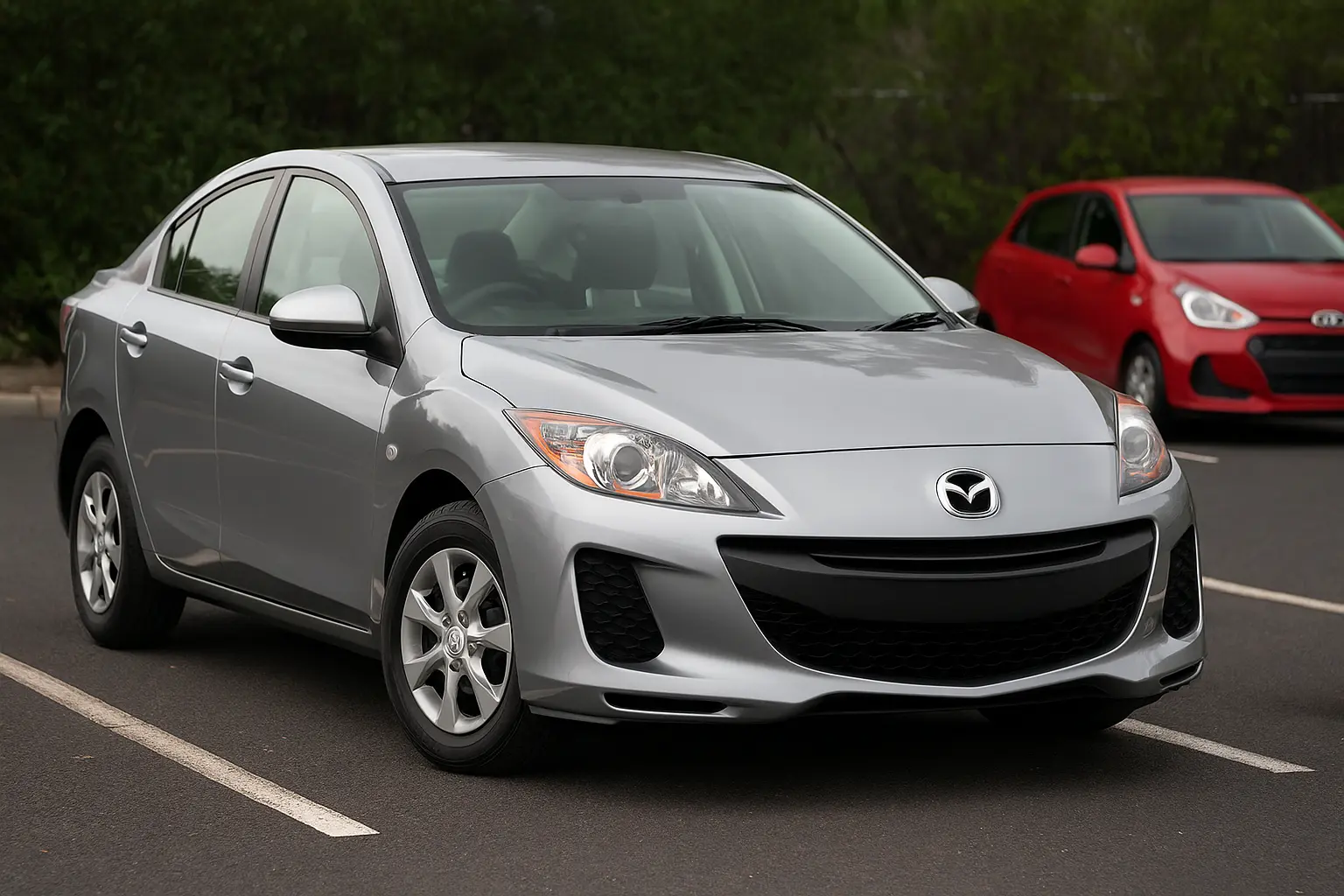In a time when electric and hybrid cars are dominating headlines, petrol-powered vehicles remain a crucial option for many Australian drivers. Whether you're not ready to switch to EVs or simply want a reliable and budget-friendly car, fuel-efficient petrol cars offer an excellent middle ground. With petrol prices still fluctuating and long-distance driving a part of many Aussies’ lives, fuel economy matters more than ever.
In this comprehensive guide, we break down the most fuel-efficient petrol cars available in Australia in 2025 — from compact city hatchbacks to sleek sedans — giving you all the information needed to make an informed choice.

Why Fuel Efficiency Still Matters in Petrol Cars
Even as EVs gain popularity, fuel-efficient petrol cars continue to attract:
- Lower upfront costs than hybrids or EVs
- No charging hassles
- More refueling infrastructure, especially in regional areas
- Better long-distance range for touring
The real winner is the fuel-efficient petrol car that blends economy, reliability, and affordability — especially in Australia's unique driving conditions.
Top Fuel-Efficient Petrol Cars in Australia 2025
🔹 1. Toyota Yaris – 4.9L/100km
- Price: From $24,640
- Type: Light hatchback
- Transmission: CVT Automatic
- Engine: 1.5L 3-cylinder petrol
- Seats: 5
The Toyota Yaris continues to dominate the light car market in 2025. With its tiny yet peppy 1.5L engine and aerodynamic body, the Yaris is an urban efficiency king. Offering 4.9L/100km fuel consumption, it’s among the best for fuel economy in its class.
Highlights:
- Toyota Safety Sense suite
- Surprisingly spacious cabin
- Long warranty and resale value
🔹 2. Suzuki Swift – 5.1L/100km
- Price: From $23,490
- Type: Hatchback
- Transmission: CVT
- Engine: 1.2L 4-cylinder petrol
- Seats: 5
The 2025 Swift remains a darling of Aussie city drivers. Its light weight and zippy engine make it incredibly fuel-efficient. Recent tech updates also bring it closer to premium compact competitors.
Highlights:
- Sporty handling
- Apple CarPlay & Android Auto
- Low servicing costs
🔹 3. Kia Picanto – 5.4L/100km
- Price: From $18,890
- Type: Micro hatchback
- Transmission: Automatic
- Engine: 1.0L turbo or 1.2L petrol
- Seats: 5
The Kia Picanto offers some of the best economy for tight budgets. At just over 5L/100km, it's perfect for daily commutes and city errands. It punches well above its price in terms of features.
Highlights:
- 7-year warranty
- Small footprint, easy to park
- Touchscreen infotainment
🔹 4. Hyundai i30 – 5.7L/100km
- Price: From $25,990
- Type: Small hatchback
- Transmission: Auto
- Engine: 2.0L petrol
- Seats: 5
For those needing more space without sacrificing efficiency, the i30 delivers. It's Australia’s go-to compact for a reason — blending value, fuel economy, and a touch of style.
Highlights:
- SmartSense safety tech
- Smooth CVT
- Comfortable for long drives
🔹 5. Mazda2 – 5.3L/100km
- Price: From $22,890
- Type: Hatchback
- Transmission: Auto
- Engine: 1.5L petrol
- Seats: 5
Mazda’s smallest car combines premium interior finishes with agile city performance. With updated tech and a proven engine, the Mazda2 stays relevant in 2025.
Highlights:
- Excellent reliability
- Refined driving experience
- Premium cabin for its class
🔹 6. Skoda Fabia – 5.0L/100km
- Price: From $32,790
- Type: Hatchback
- Transmission: 7-speed DSG
- Engine: 1.0L turbo petrol
- Seats: 5
A Euro import that’s making waves in Australia. The 2025 Fabia delivers class-leading tech, outstanding design, and some of the best fuel economy for a turbo petrol engine.
Highlights:
- Clever use of interior space
- Wireless smartphone mirroring
- Solid safety credentials
🔹 7. Honda Civic VTi LX – 5.9L/100km
- Price: From $34,990
- Type: Sedan
- Transmission: CVT
- Engine: 1.5L turbo petrol
- Seats: 5
Honda’s beloved Civic comes packed with performance and frugality. The turbo engine delivers punch with efficiency, making it a top pick for those who don’t want to go full hybrid yet.
Highlights:
- Smooth and refined ride
- Spacious rear seat
- Honda Sensing safety features
🔹 8. Mitsubishi Mirage – 4.7L/100km
- Price: From $17,490
- Type: Micro hatchback
- Transmission: CVT
- Engine: 1.2L petrol
- Seats: 5
Despite being long in the tooth, the Mirage is still among the most fuel-efficient petrol cars in the country. It's basic but affordable and easy to maintain — great for first-time buyers.
Highlights:
- Lowest fuel use among petrol cars
- Cheapest new car in Australia
- Simple and reliable
🔹 9. Peugeot 208 – 5.3L/100km
- Price: From $33,990
- Type: Hatchback
- Transmission: 8-speed auto
- Engine: 1.2L turbo petrol
- Seats: 5
French flair meets fuel efficiency. The Peugeot 208 delivers one of the most refined small car experiences with superb build quality and design.
Highlights:
- Digital i-Cockpit layout
- Quiet cabin
- Very low emissions
🔹 10. MG3 – 6.0L/100km (New Gen)
- Price: From $19,990
- Type: Hatchback
- Transmission: Auto
- Engine: 1.5L petrol
- Seats: 5
The all-new 2025 MG3 brings better styling and tech while still remaining one of the cheapest cars to buy and run. Slightly higher consumption than rivals but still competitive.
Highlights:
- Modern infotainment
- Long warranty
- Great drive-away deals
Fuel Efficiency Rankings by Segment
| Segment | Model | Economy (L/100km) |
|---|---|---|
| Micro Hatch | Mitsubishi Mirage | 4.7 |
| Light Hatch | Toyota Yaris | 4.9 |
| Small Hatch | Suzuki Swift | 5.1 |
| Compact Sedan | Honda Civic | 5.9 |
| Premium Hatch | Skoda Fabia | 5.0 |
| Budget Hatch | MG3 | 6.0 |
What Impacts Fuel Efficiency?
Factors influencing a car’s petrol economy include:
- Engine size and tech: Smaller displacement and turbocharged engines tend to use less fuel.
- Transmission: CVTs and newer automatics provide better economy than old-style manuals.
- Vehicle weight: Lightweight cars use less fuel.
- Driving habits: Smooth driving can improve real-world economy by 10–15%.
- Tyres and maintenance: Underinflated tyres and overdue servicing can increase consumption.
Tips to Maximise Fuel Economy
Even in an efficient petrol car, you can go further by:
- Maintaining correct tyre pressure
- Using eco-driving modes when available
- Avoiding heavy acceleration and braking
- Reducing excess weight from the car
- Servicing your vehicle regularly
Petrol Cars vs Hybrid vs Electric: Who Should Stick to Petrol in 2025?
While hybrids and EVs are great options for many, petrol cars are still ideal for:
- Regional and rural drivers with fewer EV charging stations
- Budget-conscious buyers avoiding EV premiums
- Drivers with shorter commutes not needing high-tech powertrains
- Used car buyers looking for simplicity and cheap servicing

Final Thoughts: Should You Still Buy a Petrol Car in 2025?
Absolutely — if you prioritise value, simplicity, and fuel economy, there are still fantastic petrol cars on offer in 2025. With models like the Yaris, Mirage, and Swift, you don’t have to compromise to save fuel. These cars offer real-world fuel savings, low upfront costs, and great reliability — making them a smart buy for many Aussie drivers.
As long as petrol remains a staple at Aussie servos, there will be a strong case for efficient internal combustion engines — and this list proves it.
Leave a comment
Your email address will not be published. Required fields are marked *




















